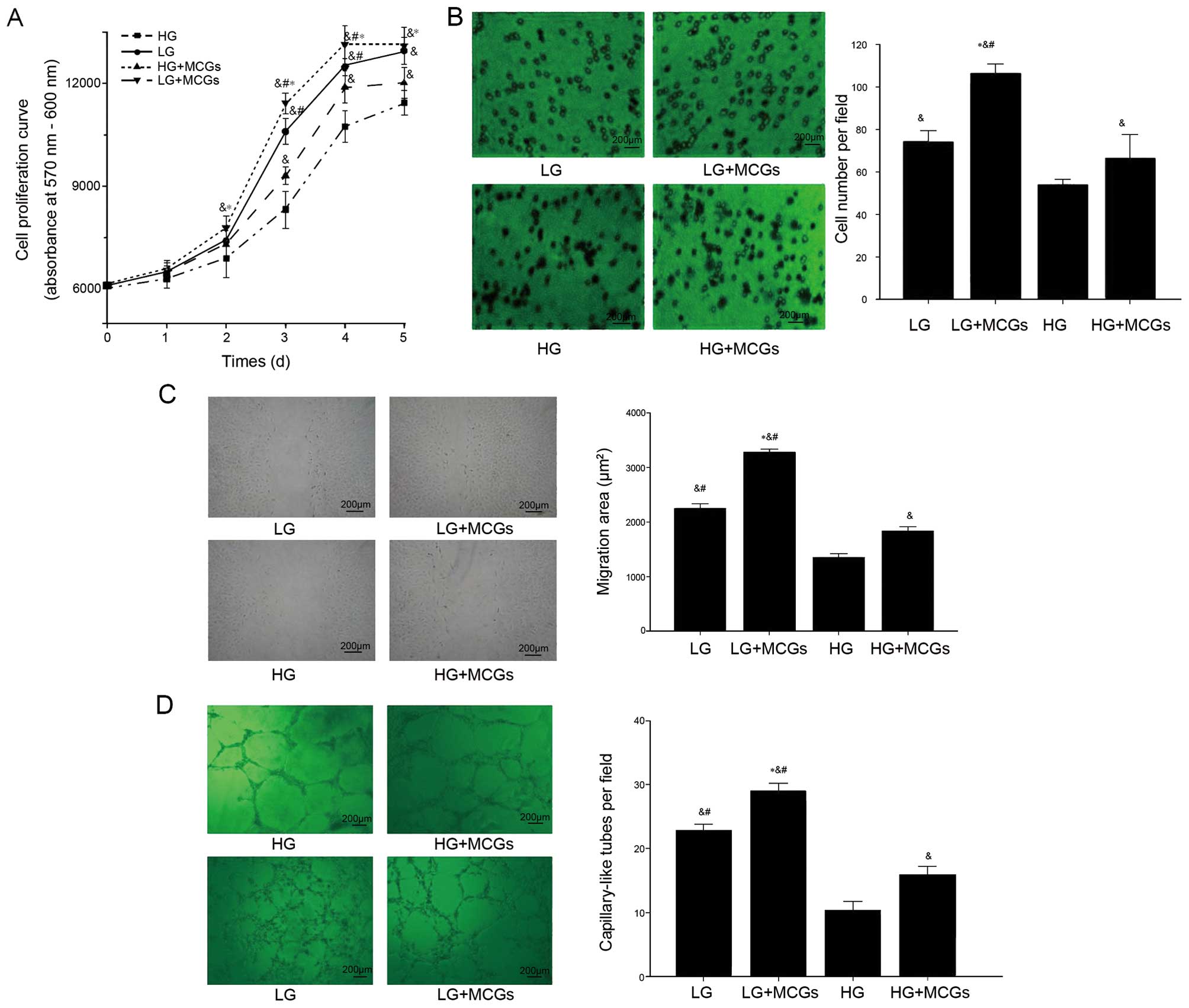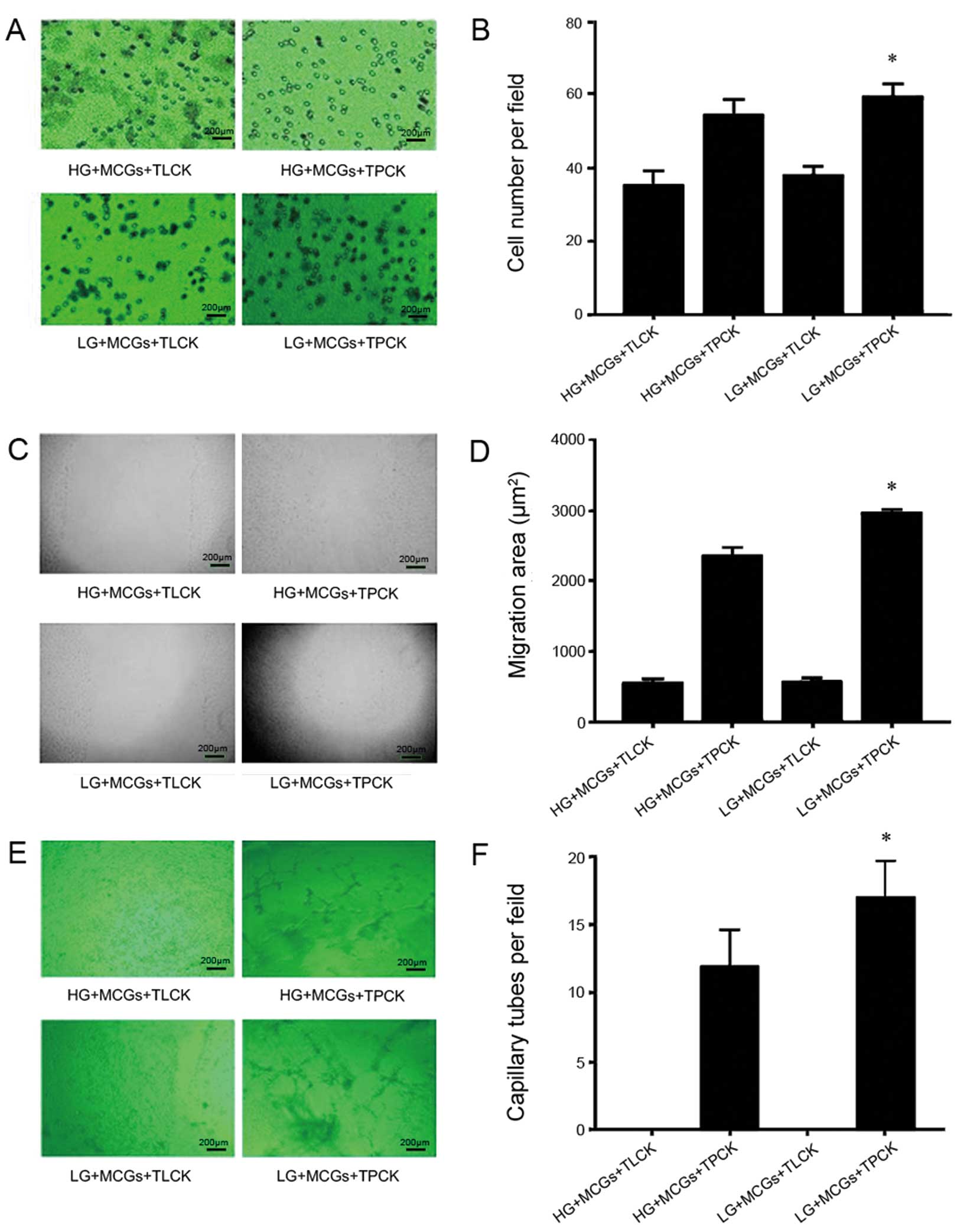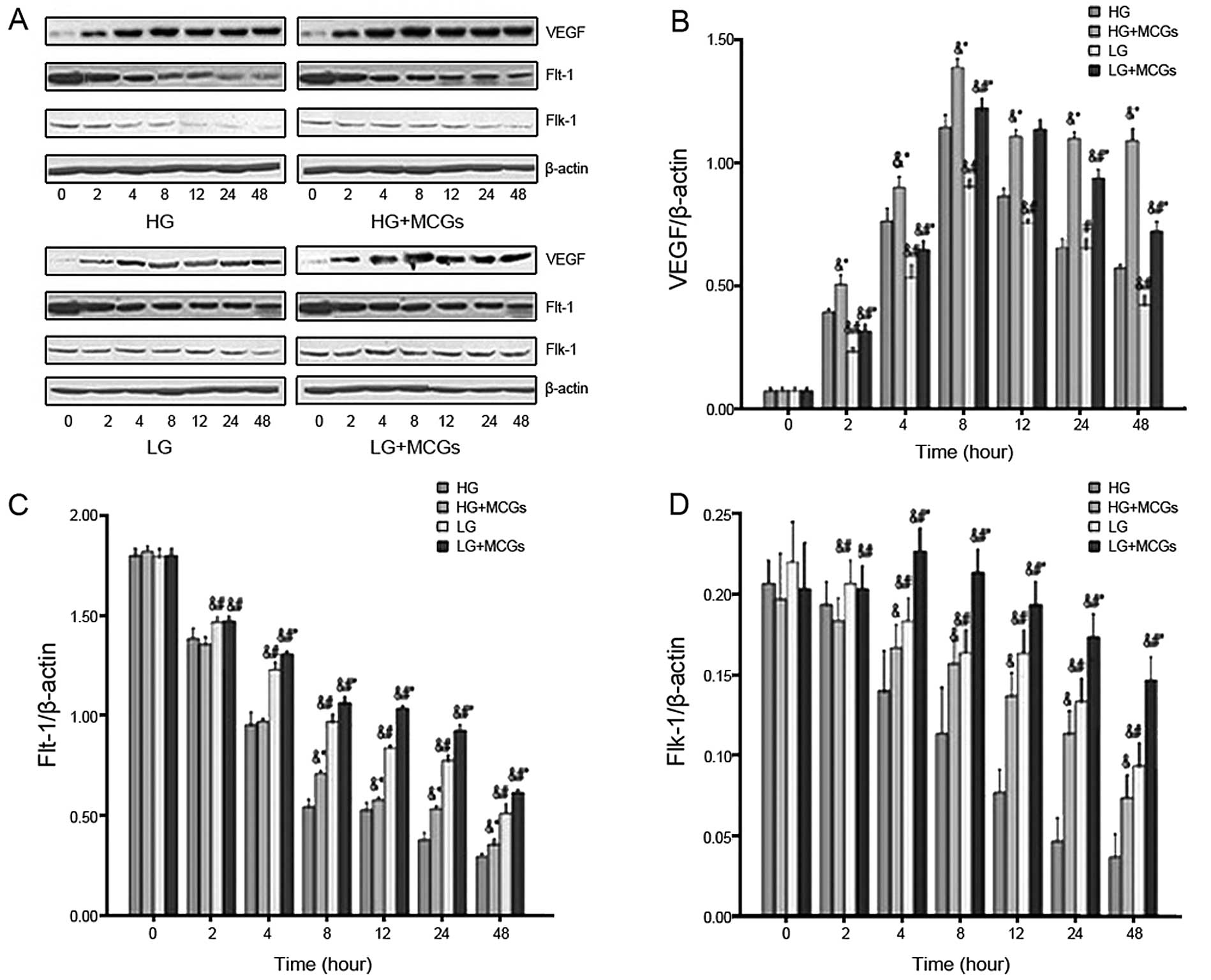|
1
|
Robbie-Ryan M and Brown M: The role of
mast cells in allergy and autoimmunity. Curr Opin Immunol.
14:728–733. 2002. View Article : Google Scholar : PubMed/NCBI
|
|
2
|
Sun J, Sukhova GK, Wolters PJ, et al: Mast
cells promote atherosclerosis by releasing proinflammatory
cytokines. Nat Med. 13:719–724. 2007. View
Article : Google Scholar : PubMed/NCBI
|
|
3
|
Sun J, Sukhova GK, Yang M, et al: Mast
cells modulate the pathogenesis of elastase-induced abdominal
aortic aneurysms in mice. J Clin Invest. 117:3359–3368. 2007.
View Article : Google Scholar : PubMed/NCBI
|
|
4
|
Coussens LM, Raymond WW, Bergers G, et al:
Inflammatory mast cells up-regulate angiogenesis during squamous
epithelial carcinogenesis. Genes Dev. 13:1382–1397. 1999.
View Article : Google Scholar : PubMed/NCBI
|
|
5
|
Liu J, Divoux A, Sun J, et al: Genetic
deficiency and pharmacological stabilization of mast cells reduce
diet-induced obesity and diabetes in mice. Nat Med. 15:940–945.
2009. View
Article : Google Scholar : PubMed/NCBI
|
|
6
|
Pang C, Gao Z, Yin J, Zhang J, Jia W and
Ye J: Macrophage infiltration into adipose tissue may promote
angiogenesis for adipose tissue remodeling in obesity. Am J Physiol
Endocrinol Metab. 295:E313–E322. 2008. View Article : Google Scholar : PubMed/NCBI
|
|
7
|
Kintscher U, Hartge M, Hess K, et al:
T-lymphocyte infiltration in visceral adipose tissue: a primary
event in adipose tissue inflammation and the development of
obesity-mediated insulin resistance. Arterioscler Thromb Vasc Biol.
28:1304–1310. 2008. View Article : Google Scholar
|
|
8
|
Rupnick MA, Panigrahy D, Zhang CY, et al:
Adipose tissue mass can be regulated through the vasculature. Proc
Natl Acad Sci USA. 99:10730–10735. 2002. View Article : Google Scholar : PubMed/NCBI
|
|
9
|
Sato K, Tsuchihara K, Fujii S, et al:
Autophagy is activated in colorectal cancer cells and contributes
to the tolerance to nutrient deprivation. Cancer Res. 67:9677–9684.
2007. View Article : Google Scholar : PubMed/NCBI
|
|
10
|
Holash J, Maisonpierre PC, Compton D, et
al: Vessel cooption, regression, and growth in tumors mediated by
angiopoietins and VEGF. Science. 284:1994–1998. 1999. View Article : Google Scholar : PubMed/NCBI
|
|
11
|
Holash J, Wiegand SJ and Yancopoulos GD:
New model of tumor angiogenesis: dynamic balance between vessel
regression and growth mediated by angiopoietins and VEGF. Oncogene.
18:5356–5362. 1999. View Article : Google Scholar : PubMed/NCBI
|
|
12
|
Zygalaki E, Kaklamanis L, Nikolaou NI, et
al: Expression profile of total VEGF, VEGF splice variants and VEGF
receptors in the myocardium and arterial vasculature of diabetic
and non-diabetic patients with coronary artery disease. Clin
Biochem. 41:82–87. 2008. View Article : Google Scholar
|
|
13
|
Chen JX and Stinnett A: Disruption of
Ang-1/Tie-2 signaling contributes to the impaired myocardial
vascular maturation and angiogenesis in type II diabetic mice.
Arterioscler Thromb Vasc Biol. 28:1606–1613. 2008. View Article : Google Scholar : PubMed/NCBI
|
|
14
|
Ning YX, Wang XH, Jin HM, Zhao FD and Yin
LH: Study on the culture of rat myocardium microvascular
endothelial cells and microarray analysis. Zhongguo Bing Li Sheng
Li Za Zhi. 21:2295–2300. 2005.(In Chinese).
|
|
15
|
Kokkonen JO and Kovanen PT: Low density
lipoprotein degradation by rat mast cells. Demonstration of
extracellular proteolysis caused by mast cell granules. J Biol
Chem. 260:14756–14763. 1985.PubMed/NCBI
|
|
16
|
Kokkonen JO and Kovanen PT: Accumulation
of low density lipoproteins in stimulated rat serosal mast cells
during recovery from degranulation. J Lipid Res. 30:1341–1348.
1989.PubMed/NCBI
|
|
17
|
He S, Peng Q and Walls AF: Potent
induction of a neutrophil and eosinophil-rich infiltrate in vivo by
human mast cell tryptase: selective enhancement of eosinophil
recruitment by histamine. J Immunol. 159:6216–6225. 1997.PubMed/NCBI
|
|
18
|
Ettenson DS and Gotlieb AI: Centrosomes,
microtubules, and microfilaments in the reendothelialization and
remodeling of double-sided in vitro wounds. Lab Invest. 66:722–733.
1992.PubMed/NCBI
|
|
19
|
Pollman MJ, Naumovski L and Gibbons GH:
Endothelial cell apoptosis in capillary network remodeling. J Cell
Physiol. 178:359–370. 1999. View Article : Google Scholar : PubMed/NCBI
|
|
20
|
Qu Z, Liebler JM, Powers MR, et al: Mast
cells are a major source of basic fibroblast growth factor in
chronic inflammation and cutaneous hemangioma. Am J Pathol.
147:564–573. 1995.PubMed/NCBI
|
|
21
|
Ribatti D, Crivellato E, Candussio L, et
al: Mast cells and their secretory granules are angiogenic in the
chick embryo chorioallantoic membrane. Clin Exp Allergy.
31:602–608. 2001. View Article : Google Scholar : PubMed/NCBI
|
|
22
|
Shibuya M: Structure and dual function of
vascular endothelial growth factor receptor-1 (Flt-1). Int J
Biochem Cell Biol. 33:409–420. 2001. View Article : Google Scholar : PubMed/NCBI
|
|
23
|
Klein R: Hyperglycemia and microvascular
and macrovascular disease in diabetes. Diabetes Care. 18:258–268.
1995. View Article : Google Scholar : PubMed/NCBI
|
|
24
|
Chou E, Suzuma I, Way KJ, et al: Decreased
cardiac expression of vascular endothelial growth factor and its
receptors in insulin-resistant and diabetic states: a possible
explanation for impaired collateral formation in cardiac tissue.
Circulation. 105:373–379. 2002. View Article : Google Scholar
|
|
25
|
Sasso FC, Torella D, Carbonara O, et al:
Increased vascular endothelial growth factor expression but
impaired vascular endothelial growth factor receptor signaling in
the myocardium of type 2 diabetic patients with chronic coronary
heart disease. J Am Coll Cardiol. 46:827–834. 2005. View Article : Google Scholar
|
|
26
|
Su Y, Liu XM, Sun YM, et al: Endothelial
dysfunction in impaired fasting glycemia, impaired glucose
tolerance, and type 2 diabetes mellitus. Am J Cardiol. 102:497–478.
2008. View Article : Google Scholar : PubMed/NCBI
|
|
27
|
Abe T, Yoshida M, Yoshioka Y, et al: Iris
pigment epithelial cell transplantation for degenerative retinal
diseases. Prog Retin Eye Res. 26:302–321. 2007. View Article : Google Scholar : PubMed/NCBI
|
|
28
|
Blair RJ, Meng H, Marchese MJ, et al:
Human mast cells stimulate vascular tube formation. Tryptase is a
novel, potent angiogenic factor. J Clin Invest. 99:2691–2700. 1997.
View Article : Google Scholar : PubMed/NCBI
|















